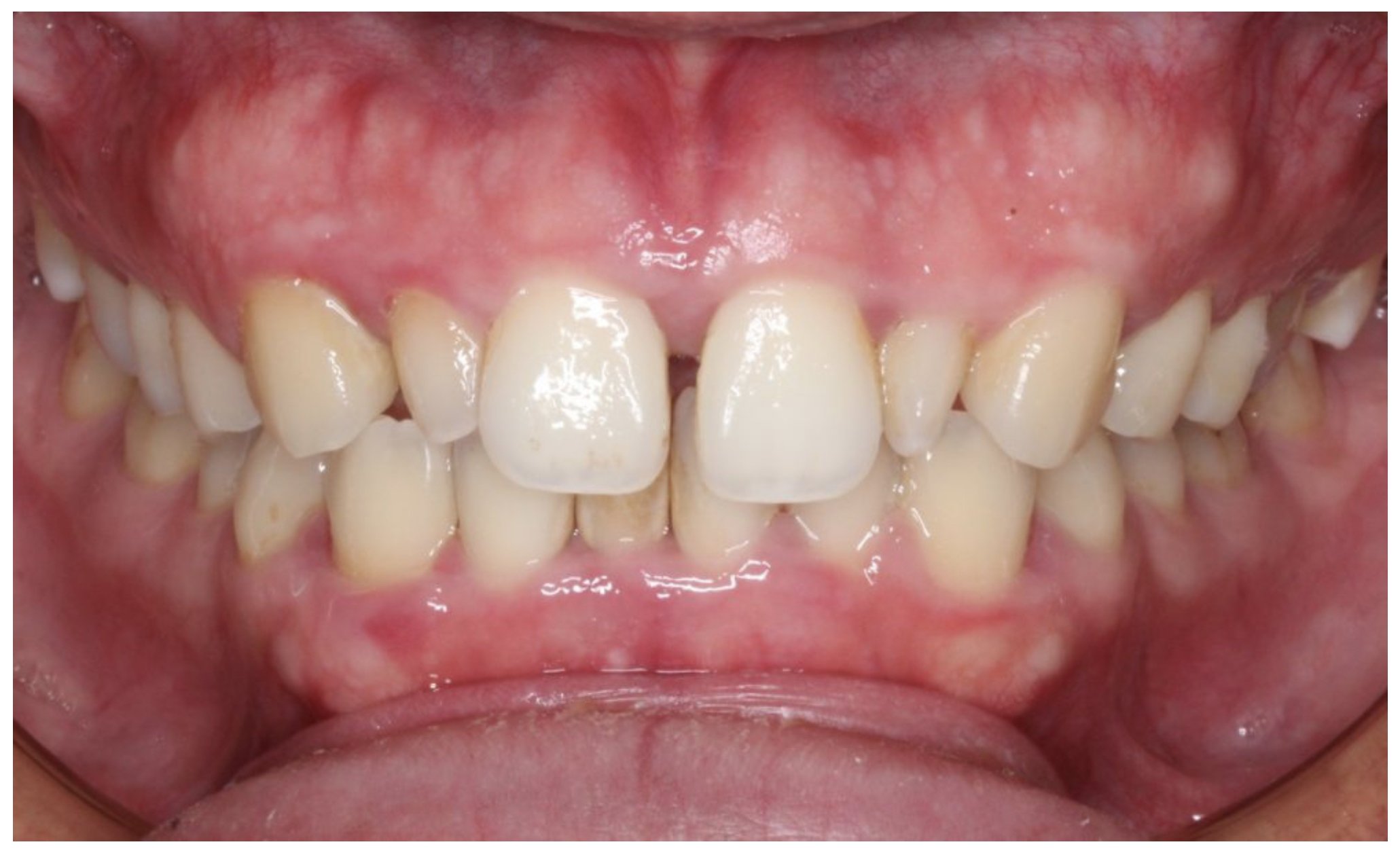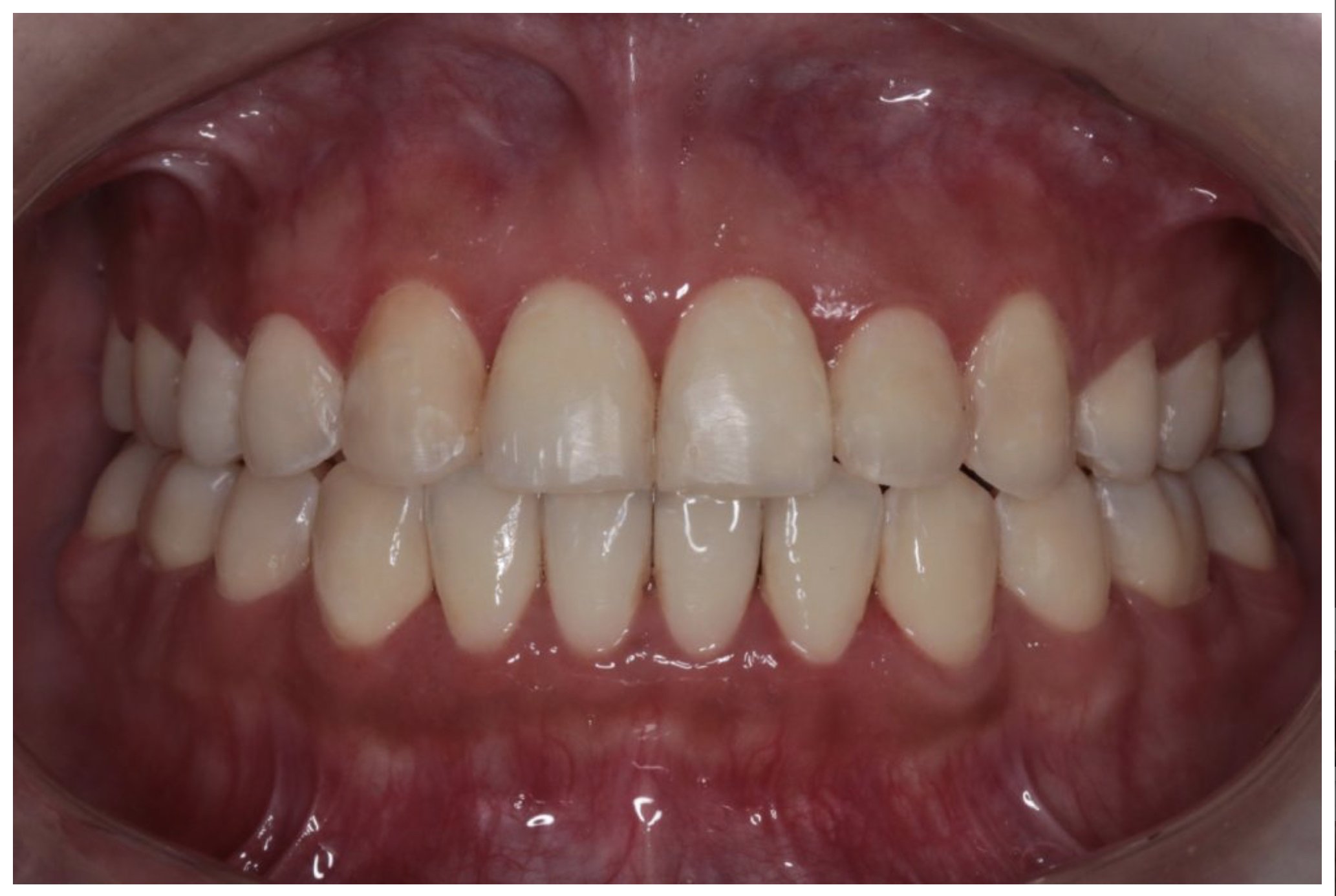
It all begins with a SMILE.
INVISALIGN
If you're considering orthodontic treatment to straighten your teeth, you may be wondering about your options. Invisalign is a popular choice for many people, and for good reason. This innovative treatment uses clear, custom-made aligners to gradually move your teeth into their proper positions.
But what kind of results can you expect with Invisalign? Let's take a look at some before and after photos to see the transformation that this treatment can achieve.
Crowding
When you don't have enough room in your jaw for your teeth to fit normally, your teeth can bunch up, overlap and twist, sometimes getting pushed to the front or the back.
Crowded teeth can make it hard to brush and floss well. Then it’s easier for plaque, tartar, and harmful bacterial to build up — and down the line, this can lead to tooth decay and gum disease. Your crowded teeth can also get worse over time.
Spaces
When you have extra space between two or more of your teeth, your doctor calls this spacing issues or gap teeth.
Gap teeth can create pockets between your teeth and gums where food can get stuck. It can make your gums tender and sore and even lead to gum disease.
Open Bite
If your upper and lower teeth don't touch when your mouth is closed, your doctor calls this an open bite.
An open bite can make it hard to chew or difficult to bite into some common foods, like apples.
Cross Bite
When you close your mouth and some of your upper teeth are sitting inside your lower teeth — rather than on the outside, like they normally would — your doctor calls this a crossbite.
A crossbite can make your teeth wear down or chip. It can also make your gums start to recede or make little notches above your gum line. This kind of damage can lead to painful gum problems or even bone loss.







